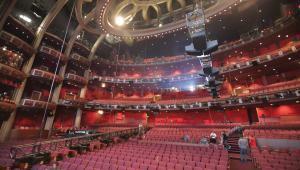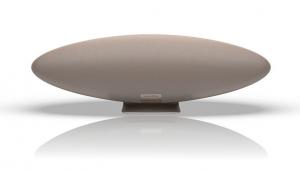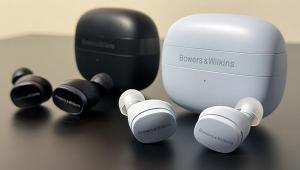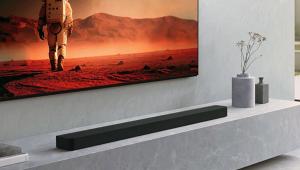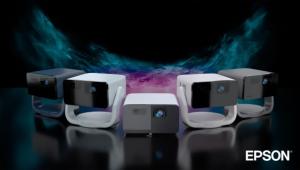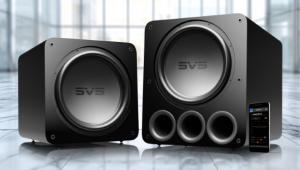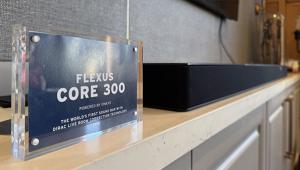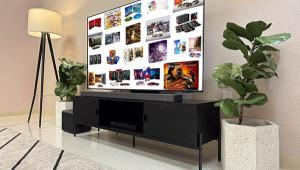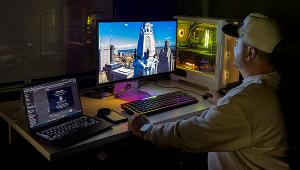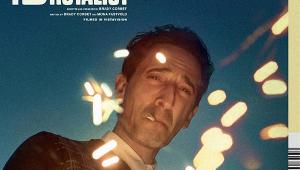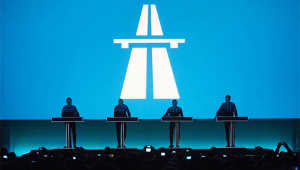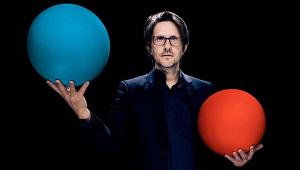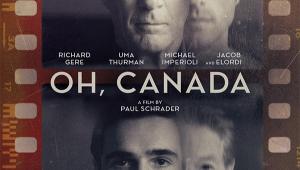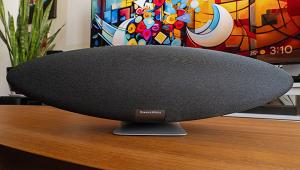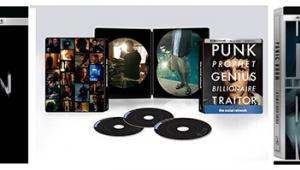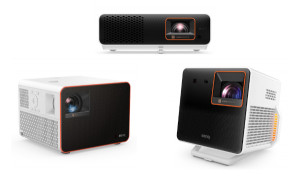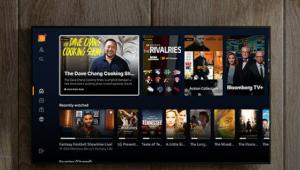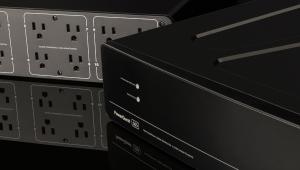Dynamic-Range Rover

What's the Next Big Thing in high definition? 3D? 4K? 5G? Nah. Several industry experts who've seen prototype displays suggest that high dynamic range will be the newest technology to turbo-charge video. We're talking video with pitch blacks and blinding whites.
TV screens with high dynamic range (HDR) are supposedly just two or three years from hitting the sales floors. And naturally, to see that kind of black on your flat panel, you'll also be looking at a lot of red - ink, that is. So are these screens really worth maxing out the credit card for? And what does one need to get high dynamic range, anyway?
First, a more specific definition: When it comes to images, dynamic range is the whole sweep of gradations between the very darkest and very brightest elements. You've seen a version of HDR if you've ever studied a high-quality Ansel Adams print. Adams, his fairly rudimentary cameras notwithstanding, had an astonishing ability to capture detail in shadow areas. What looks like black at first blush reveals subtle shades of rock or vegetation on closer inspection. Increasingly, today's photographers use HDR too, mostly by taking the same picture at different exposures, then combining the results into one image.
In the film world, Technicolor dye-transfer prints from the '50s and '60s were also known for their outstanding dynamic range.
"High dynamic range cinematography fell by the wayside decades ago," says DTS Digital Images founder and chief technology officer John Lowry, a film restorer in California who's worked on flicks ranging from Citizen Kane to almost every Bond movie. Technicolor died largely because it couldn't be duplicated fast enough to satisfy theaters' demand. And on the home display front, Lowry says, "The industry's been focused on other things - improved resolution, mostly."
Now there are signs aplenty that HDR is about to make a comeback - and it promises to be better than ever. Just two weeks ago, Eastman Kodak announced the introduction of its Vision3 film stock, an HDR medium that reduces grain and allows for more information to be recorded in extremely light and very dark areas. Lowry finds more interest than ever for his HDR handiwork - he has developed computer algorithms that create a dynamic range in older movies that actually exceeds what was originally captured. And earlier this year, Dolby Laboratories bought a company called BrightSide that has developed a TV screen with a previously unheard-of contrast ratio of 200,000:1.
Dolby says the 37-inch LCD set, which works with LED backlighting instead of the usual cold cathode fluorescent lights (CCFLs), is able to produce whites that are ten times brighter, and blacks that are ten times darker, than what current hi-def flat panels are capable of. The secret: CCFLs are contantly on and emitting light as long as the TV itself is on, slightly washing out black areas; by, um, contrast, LEDs can turn on and off as needed, depending on the demands of each individual image - a technology Dolby has dubbed "local dimming." Samsung has already brought a set to market that operates on the same principle (its LN-T81F series, which the TV maker touts as having a contrast ratio of 500,000:1), but Dolby claims better results are possible by adding Dolby Vision, an in-set processing technology that expands a standard 8-bit video frame to 16 bits. (Dolby plans to make a major announcement about the technology at this year's CES).
- Log in or register to post comments




